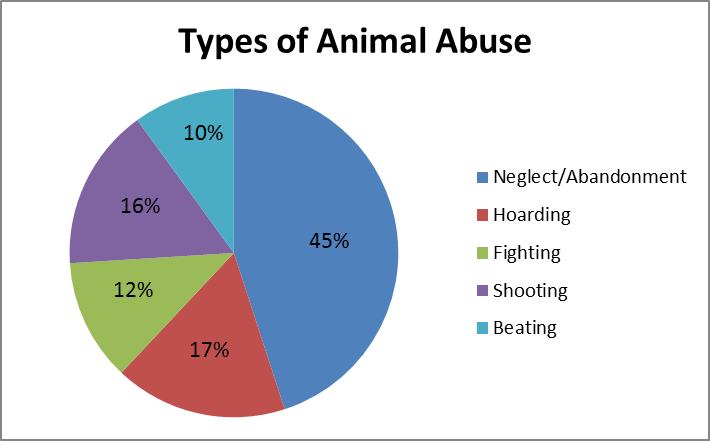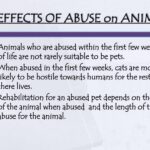The glimmering lights of the circus tent cast a mesmerizing glow, drawing families and children into a world of wonder and amazement. The vibrant colors, the enchanting music, and the flamboyant performances create an atmosphere of excitement. However, beneath this veneer of entertainment lies a far darker reality. A plethora of evidence suggests that a significant percentage of circuses utilize animal cruelty as part of their operations. The statistics may vary, but it is estimated that between 50% and 70% of circuses employ methods that can be categorized as abusive to animals. To truly grasp this alarming statistic, one must delve deeper into the practices that have become commonplace behind the curtain of spectacle.
At the heart of the circus tradition is the exhibition of magnificent wild animals, which are often captured from their natural habitats or bred in captivity. The allure lies in their size and strength, captivating audiences with aerial stunts and daring tricks that human performers may not replicate. However, the underlying truth is that these animals are subjected to rigorous training methods that are often devoid of compassion. Methods can include physical punishment, food deprivation, and confinement in small, unsuitable spaces. These practices serve a singular goal: to mold the animals into obedient performers, perpetuating a cycle of abuse that compromises their physical and mental well-being.
Training an elephant to stand on its hind legs or a tiger to leap through flaming hoops typically entails a suite of psychologically damaging techniques. One common method involves the use of bullhooks or whips, designed to inflict pain and coerce compliance. This often results in profound psychological trauma, in addition to the physical harm that may be inflicted. Elephants, for instance, are highly intelligent creatures, noted for their complex social structures and emotional depth. When subjected to such cruel methods, their natural instincts become suppressed, leading to stress-related behaviors such as swaying or pacing—indicators of severe psychological distress.
The fascination with circus performances lies in their extraordinary nature. Children wide-eyed with wonder, often enthralled by the sheer spectacle presented before them, fail to recognize the cost of such entertainment. It raises a pertinent question: why do we continue to patronize these venues that exploit animals? This question is at the crux of understanding the allure of animal exploitation in the circus setting. Few deny the majestic beauty of a lion’s roar or the grace of a horse in motion. Yet, the crux of the problem lies in our willingness to overlook the ethical implications of subjecting these sentient beings to captivity and harsh training regimes for mere amusement.
Many argue that attending the circus is simply a part of family tradition, a rite of passage that connects generations. However, traditional norms are often ripe for reevaluation, especially when they involve the suffering of other living beings. The passivity towards animal cruelty in circuses reflects a broader societal indifference to the ethical treatment of animals. It suggests a hierarchical worldview, wherein animals are seen as mere tools for human enjoyment, rather than beings deserving of empathy and respect.
Moreover, the prevalence of animal cruelty in circuses can be attributed to a larger systemic issue of animal exploitation in entertainment. The commodification of animals fuels a vicious cycle; as demand for such forms of amusement persists, the means of satisfying this demand often becomes increasingly brutal. The notion of “the show must go on” often leads circuses to prioritize profits over ethical considerations, dismissing the welfare of the creatures that inhabit their stages.
As awareness of these practices intensifies, consumer choices can effect change. More individuals are questioning the morality of supporting circuses that employ animals, opting instead for organizations that offer alternative forms of entertainment that do not involve exploitation. The emergence of animal-free circuses is a positive sign that suggests a shift in societal perspectives regarding animal rights. These performances emphasize the incredible capabilities of human performers, showcasing skill, agility, and creativity without compromise.
Ultimately, the enduring fascination with circuses masks a deeper moral quandary regarding the treatment of animals. Recognizing the extent of cruelty that transpires in the name of entertainment is a critical step toward advocacy for animal rights. Promoting awareness is essential in dismantling the illusion that such spectacles are harmless fun. By curtailing our support for exploitative practices, we send a collective message that animal welfare should take precedence over transient amusement.
In conclusion, while the enchanting displays of the circus may captivate audiences, it is imperative to confront the unsettling reality that lies beneath the surface. Addressing the issue of animal cruelty in circuses requires not just awareness but also action. As society progresses, the challenge is to redefine our paradigms of entertainment and embrace forms that uplift rather than exploit. Only then can we celebrate the artistry of performance while ensuring that no animal is subjected to suffering for our enjoyment. The call for compassion must resonate beyond the confines of the circus tent, inspiring a future where kindness prevails over cruelty.








